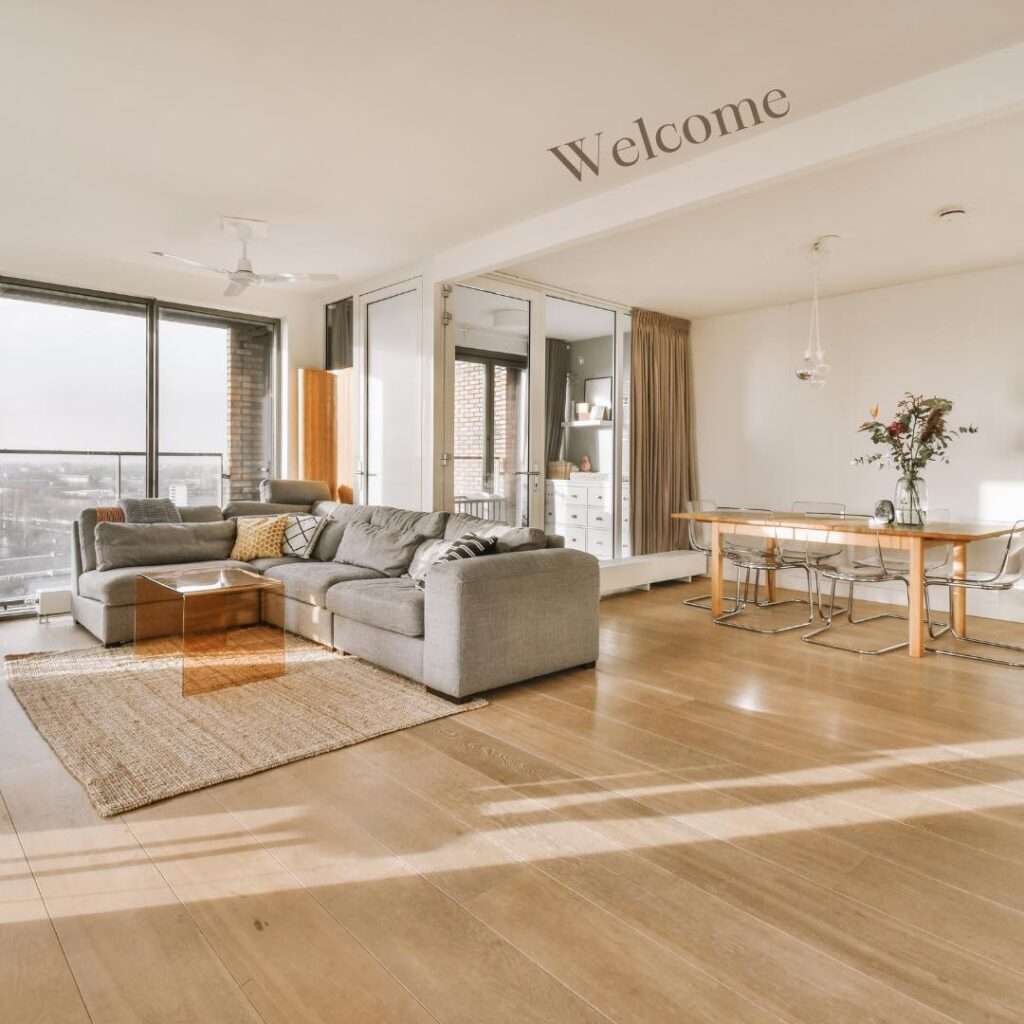Home automation is no longer a luxury available only to the very wealthy. Today’s inexpensive, intelligent, and connected lifestyle offers ease and peace of mind in daily living.
Setting up your smart home is simpler than you would believe, even though it could appear like a difficult procedure. With time, the procedure will only get more straightforward.
For those who live alone or have restricted mobility, Smart Home Lighting Systems are ideal since they allow you to monitor your house from anywhere and save money on your energy costs.
Lighting, heating, ventilation, security cameras, locks, and other home appliances may all be controlled by home automation systems at the same time. Each system has its advantages and disadvantages, but they all share the same trait in that they’re simple to set up if you know where to start.
Knowing your choices for home automation:
There are three major categories into which all home automation systems may be divided:
- The most popular kind of home automation system is one that is Wi-Fi based. Your Wi-Fi router will be used by a Wi-Fi-based system to spread a signal across your house. If you have thick walls, be aware that Wi-Fi transmissions are weaker than cable networks.
- As their name implies, hub-based systems feature a single hub that connects all of the connected smart home devices.
- You can utilize a wired system where you have in-wall wiring running to control lights and appliances if your Wi-Fi router is far from the location where you wish to manage lights or appliances. Although they might be pricey, wired systems are highly dependable.
- A hybrid system that mixes Wi-Fi and wired technologies is also an option. For instance, you may utilize a Wi-Fi system for your lighting while using a wired system for your doorbell and security cameras.
Choosing the appropriate equipment for your home:
It’s time to consider which gadgets you want to automate after choosing the ideal Smart Home System.
Following are a few common items that most people incorporate into their smart home system:
- You may use conventional light bulbs or smart bulbs for lighting. Traditional light bulbs are a cost-effective alternative that can be controlled by smart switch controllers. The physical switch has to be left on constantly, making smart lamps more difficult to operate. Additionally, you may utilize lights with a smart dimmer switch or a phone app.
- A smart thermostat may be used to regulate your heating and cooling systems. These thermostats can access your WiFi and manage your home’s temperature.
- Every smart home system must have security cameras. While you’re gone, you may keep an eye on things at home with security cameras.
- Any solution for a smart house must include locks. When you’re away from home, smart locks allow you to remotely unlock the door.
- If you have a smart home assistant, you can use your home automation system to operate your appliances as well.
Do it yourself or hire someone to install the devices?
The majority of smart home appliances have simple installation instructions. You can install these gadgets yourself if you’re confident using a screwdriver and understanding a wiring schematic.
You may also hire a professional installer to set up your gadgets for you. They will charge a price for their services, but if you’re not confident doing the installation yourself, it’s worth it.
Here are some suggestions to make your job simpler if you choose the second course of action:
- Choose the system type you wish to employ before hiring assistance that has experience with it. Ask the experts for help if you’re uncertain about which system to employ.
- Be careful to conduct your homework before choosing an installation. Ask friends and relatives for referrals and look up reviews online. You will find the hiring process to be simpler as a result.
- Be important to express yourself properly to your installer. Make sure your installer is aware of any special requirements you may have. Your task will be easier and the installation will go more smoothly as a result.
Which ecosystem for smart homes is best for you?
There are several different home automation platforms out there right now. Each of them has advantages and disadvantages, but one thing is certain: setting up each of these platforms takes some work.
What you need to know about these platforms for home automation is as follows:
- Google Assistant, a voice-activated virtual assistant, is used by the Google smart home ecosystem to manage your smart home appliances.
- Another voice-activated virtual assistant you can use to manage your smart home gadgets is Amazon Alexa.
- The most private and secure home automation ecosystem on our list is Apple HomeKit. It guarantees data security and keeps your house private and secure.
